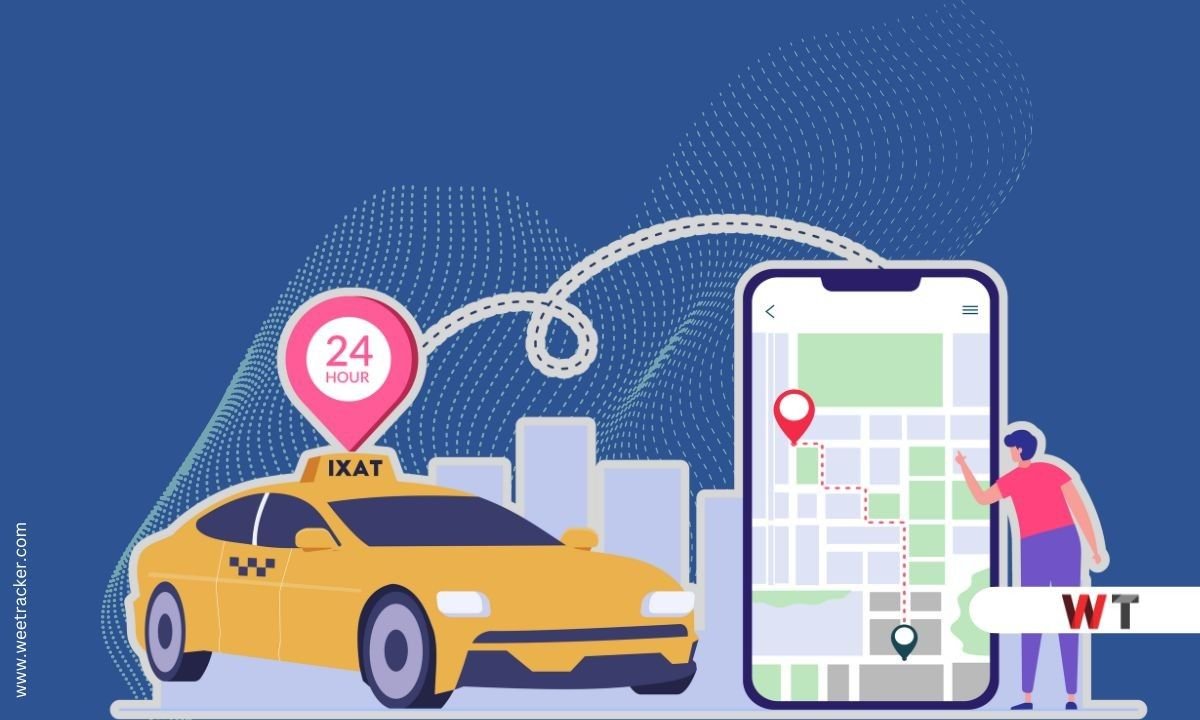North Africa has become one of the fastest-growing battlegrounds for global and regional ride-hailing platforms. With urbanization accelerating, a young digital population, and increasing smartphone penetration, the region is witnessing intense competition among international giants and local innovators eager to capture its $2.53 billion market — projected to hit $3.16 billion by 2030.
From Algeria to Egypt, players are redefining how mobility works, tailoring apps for local payment habits, cultural norms, and price sensitivities. Here’s a look at the 10 key platforms shaping North Africa’s mobility revolution:
1. Yassir
The Algerian-born super app has emerged as North Africa’s leading homegrown success story. With over 8 million users and 100,000 drivers across six countries, Yassir integrates ride-hailing, deliveries, and payments — all tailored for local economies and languages. Its adaptability and affordability make it the region’s top local contender.
2. Uber
The global pioneer continues to dominate Egypt’s premium and mid-tier ride segments, though regulatory challenges have limited its expansion in Algeria and Morocco. Uber’s acquisition of Careem in 2020 strengthened its grip on the regional landscape, making it one of the most recognized ride-hailing names across North Africa.
3. Bolt
The Estonian disruptor is rapidly scaling through an affordability-first approach. Operating in Morocco, Tunisia, and Egypt, Bolt’s low commissions and aggressive pricing have made it the go-to choice for budget-conscious riders and gig drivers. Its expansion highlights a growing shift toward cost-driven loyalty.
4. Careem
Once the Middle East’s mobility pioneer, Careem remains strong in Egypt and Morocco. Now evolving into a super app under Uber, Careem combines rides, payments, and delivery services, maintaining deep local relevance with Arabic-language support and cash payment options.
5. inDrive
The global peer-to-peer platform thrives on its fare negotiation model, letting users and drivers agree on prices. Wildly popular in Egypt, Morocco, and Tunisia, inDrive has built trust by aligning with North Africa’s cultural comfort with bargaining and transparency.
6. DiDi
China’s mobility powerhouse is steadily expanding from Egypt into North Africa, focusing on affordable fares and driver incentives. Its operations across Cairo and secondary cities have opened mobility access to underserved areas, with Morocco expected to be its next key market.
7. Heetch
This French-based app has found a loyal user base in Morocco and Algeria, operating legally with licensed taxis. Its conversational tone, bilingual interface, and strong local partnerships have helped Heetch build long-term trust where global brands have stumbled.
8. Yango
Backed by Russia’s Yandex, Yango’s AI-driven mapping and routing algorithms give it an operational edge in Morocco and Tunisia. Known for reliability and precision, it partners with local fleets to adapt swiftly to regulations and user needs.
9. Swvl
Egypt’s mass-transit innovator operates app-booked minibuses on fixed routes — offering rides up to 60% cheaper than traditional ride-hailing. Its model addresses urban congestion and affordability, positioning Swvl as a digital public transport disruptor rather than a direct Uber rival.
10. iTAXI
An Algerian digital taxi platform, iTAXI connects riders with licensed taxis in Algiers, Oran, and Constantine. With simple, regulation-compliant fares, it bridges traditional transport and modern app convenience, appealing to professionals and families seeking predictability.
As the competition intensifies, success in North Africa’s ride-hailing landscape hinges on three key factors:
- Localization — understanding language, culture, and cash-based habits.
- Trust — ensuring safety, reliability, and transparent pricing.
- Affordability — offering real value in price-sensitive markets.
North Africa’s mobility race is no longer just about moving people — it’s about owning the digital infrastructure of urban life.















